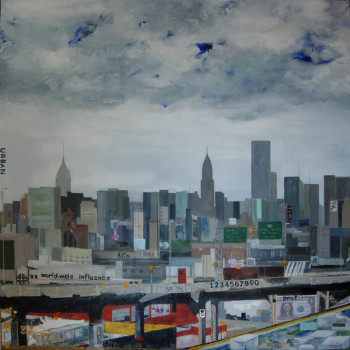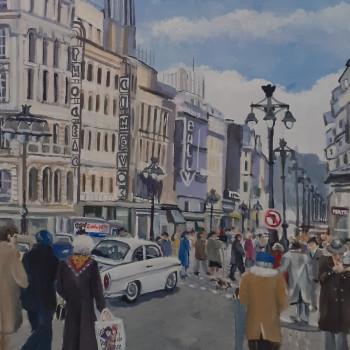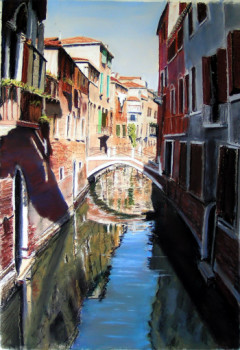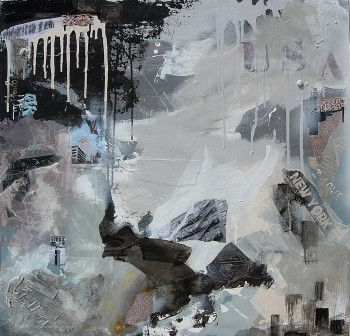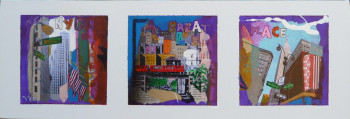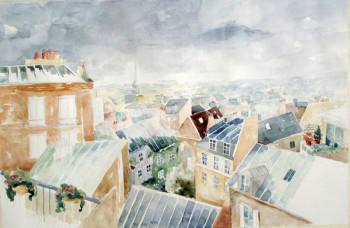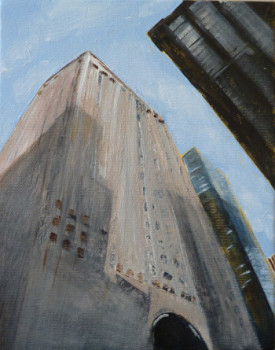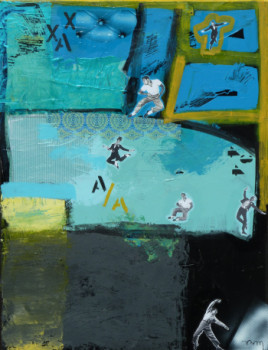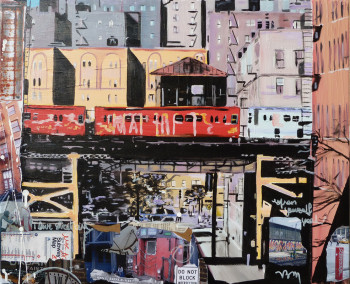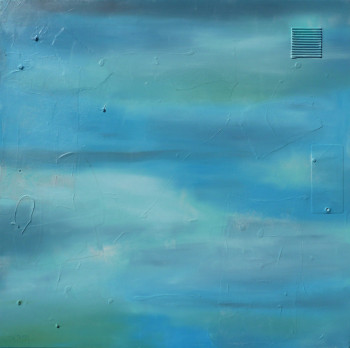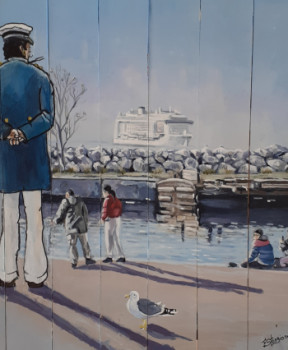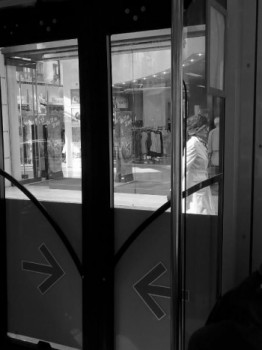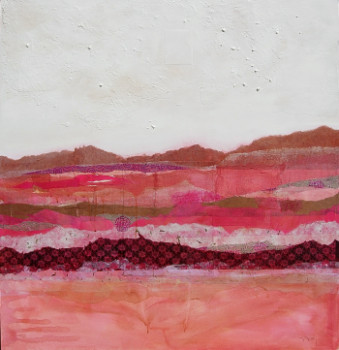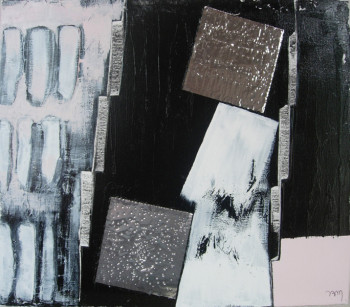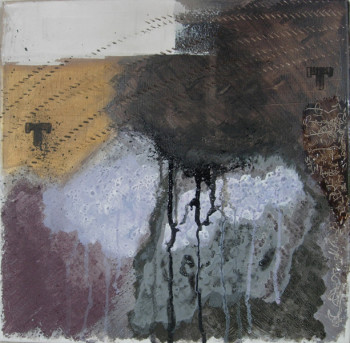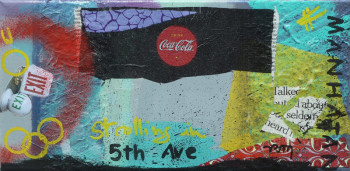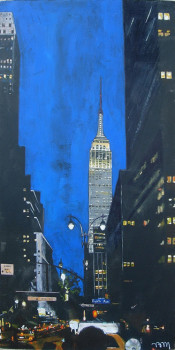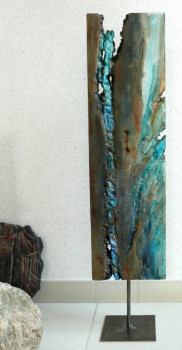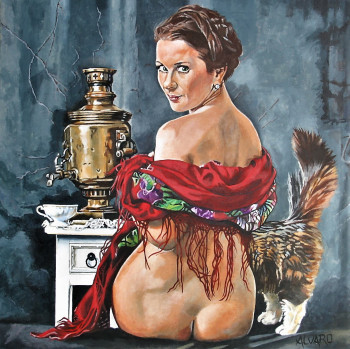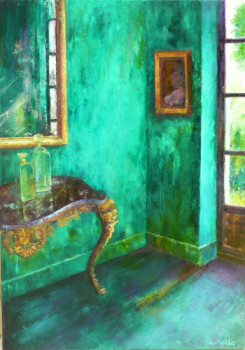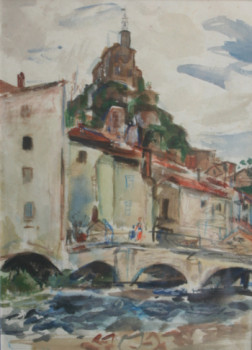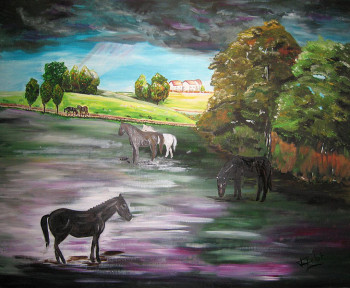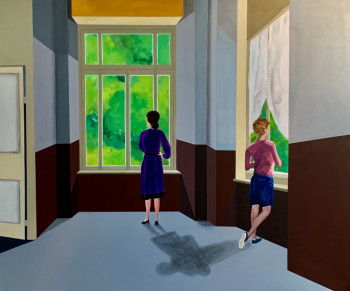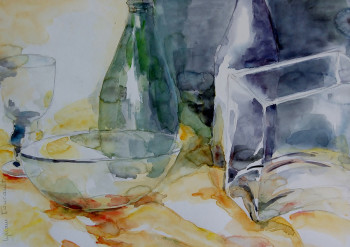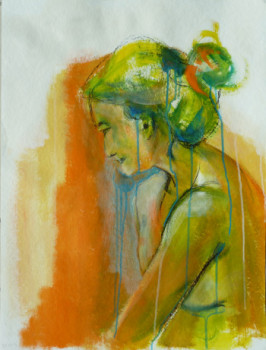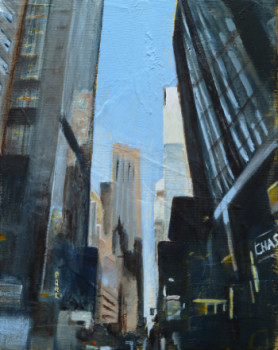
The Life of Edward Hopper
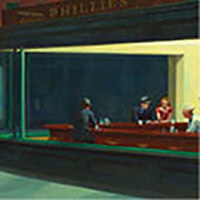
The artist (1882-1967) was born in the state of New York. He grew up in a modest family, of artisans. His studies as an advertising illustrator opened him to painting which then became his passion.
He is a major figure of American realism. His talent even brings his works closer to real photographic clichés. His paintings sometimes seem to capture a moment in a way that only until then have been captured. the photographs seemed to have the secret. He is the cantor of the American middle class of his time.
He spends his life New York even if a stay in Europe from 1906 to 1910 marks his career. He notably visited Paris three times. He leaves marked; by French culture. He even decides to take action. learn the language.
The painter is fascinated by by masters of European painting such as Manet or even Rembrandt who mark him by their theme of study, their talent and their use of colors. His passage in Europe and France gave birth to; Parisian scenes even if he then specialized in the study of French society. in which he lives, in his own country.
His work is then no longer dissociable from society. American society in which he evolves. His artistic path asserts itself throughout the years. He began his career in 1913 and his fame began in the 1920s. His field of inspiration is that of everyday life. He touches by depicting characters and scenes from everyday life, bringing their feelings to the surface.
Hopper is the painter of the American way of life. It is a strong element of its heritage.
He is also interested in architecture, but always focusing his works on the feelings they can give off. His interest is not in large majestic buildings but in constructions that resonate with the human condition.
His talent lies in his ability to capture moments of life. Moments that highlight the complexity of human. He arrives at evoke melancholy, desire, the fear of emptiness, questions about the meaning of life by « content » to paint and draw everyday objects.
From the beginning of the 1930s, the MOMA (Museum of Modern Art) dedicated an exhibition to him. He is celebrated like the painter of middle-class America, crossed in his daily life by his anxieties and uncertainties.
What is touching about Edward Hopper is his genius for mixing the elements of everyday life, the real world and a parallel world ;le, with the resonances of a dark novel. His talent lies in his genius at work. exploit the image of a character. He alone knows how to exploit the solitude of humanity. through the innocuous presentation of his model.
Each protagonist is a pretext for exposing the American condition and often denouncing the excesses of a society that cold and anxious.
Three works of Edward Hopper
- House near the railway tracks (1925)
This oil on canvas exploits one of the painter's favorite themes, that of urban and rural scenes where the building or the house is at the service of distressing symbols.
The harsh light, the colors, the shadows and the lines solicit the feelings of the viewer. The residence seems to come to life and leads to; lend him feelings. Loneliness, the stress of time passing, the worry invade the observer of the work.
Alfred Hitchcock cited this painting as being the basis of his inspiration to design the house in the film Psycho.
Hopper’s genius results in his talent for design. to bring out from his brushes, not just the image of a simple house, but feelings. The melancholy that emerges transforms the work into a critique of technical progress and society. modern.
- Nighthawks (1942) translated as: Les noctambules
The format of the table resembles a cinema screen. The scene captures a moment of life between 4 people seated in a typical American restaurant. It is very late in the evening. The painter emphasizes the shadows and lights to offer particular tones and give a dramatic impression to the image. this nocturnal atmosphere.
The artist paints typical objects of an American evening, from the mug to the soft drink dispenser. the advertising poster. The characters each seem to be in their own universe, detached from each other. others. The spectator looks at them, as if through a window highlighting one of the painter's favorite subjects: solitude.
Each element chosen and painted here supports Hopper's realism which finds a renowned place in the painting of 20th century with this work. The company Modern American culture exudes here through its neon lights, its advertisements and its consumer objects.
- A Woman in the Sun (1961)
Here Hopper paints his wife naked, in a bedroom flooded with sunlight. She has a cigarette the hand. It receives the full force of the sun. The window reveals green hills in a golden light.
The decoration of the room is minimalist. Interest is focused on on the female body. His wife was 68 years old when Hopper painted the painting. However, while posing a framework based on realism, he does not look for the traces of time on his body. We can speak of a falsely realistic scene here where the drawn shapes are just a pretext to freeze a moment of total solitude.
Hopper's work, of great richness, was appreciated during his lifetime as a mirror to the time of his contemporaries. The subjects he addresses resonate immediately and bear witness today to a society that is in change.
It is the true reflection of a society of its own. American style anchored in its time.
The artist paints and underlines, through his favorite themes the living environment and the functioning of the middle classes caught up in the American way of life.
Découvrez quelques oeuvres inspirées de Hopper


